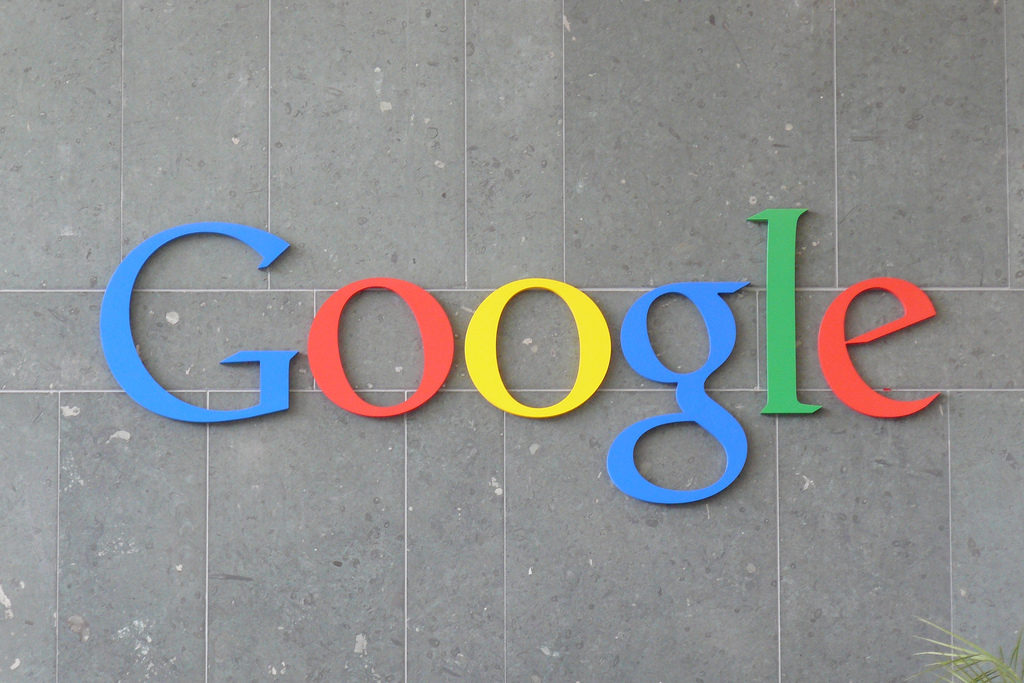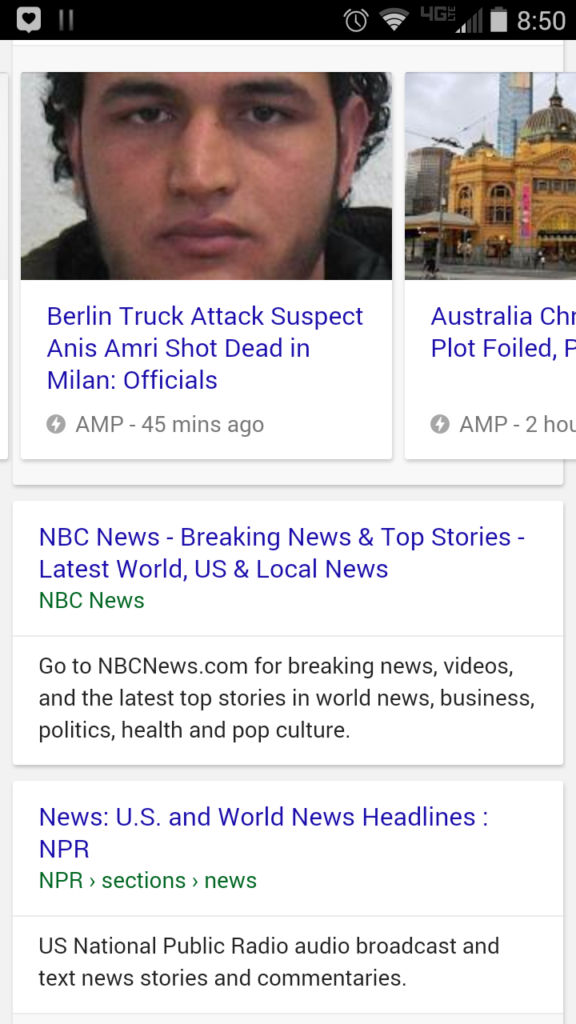Google Update to AMP Display Makes Life Easier for Content Creators

Google has announced that they will be rolling out some changes to their still relatively new AMP feature in early 2017. Specifically, they are going to focus on making it easier for viewers of AMP content to share URLs in a way that ensures publishers are getting credit for their work instead of Google itself. Before we go into more detail, here’s a quick refresher on what exactly AMP is.
What Is Amp?
Accelerated Mobile Pages, or AMP, is an initiative that Google launched earlier this year. It was designed to make browsing search results a more seamless experience for mobile users. AMP pages are developed using a highly streamlined version of HTML, CSS, and Javascript to help ensure that pages are lightweight and that they load super fast. The pages typically appear just underneath the search bar in a carousel of thumbnails that scroll from left to right.

To further guarantee that the AMP experience is lightning fast, Google takes things into its own hands. Instead of allowing AMP pages to be viewed via a content publisher’s respective host, Google hosts a cached version of AMP websites on its own servers. Since the data comes straight from Google’s servers it makes load times even shorter. However, this unique feature has led to the issue that Google will be addressing…
What is Google Fixing?
Currently, when you click on a page in the AMP carousel, since you are technically still viewing the page in Google, the address bar displays a Google URL (see below) accompanied by a header that shows the home page URL of the website where the AMP page originates from. This is a obviously a major problem for content creators looking to cash in on referral traffic from their articles. Users looking to share or bookmark content are confused about why the publisher’s actual page URL isn’t showing, and thus may forego valuable dissemination of the content through any number of channels.

Google plans to fix this issue by making improvements to the header containing the publisher’s domain. They plan on making the actual URL of the content visible as well as including other options that enable users to more easily share the content.
So while this change may seem like a small one to most, publishers who have been diligently following AMP guidelines and validating their code should be greatly rewarded. They’ll soon be finding out just how much referral traffic they were actually losing on their AMP optimized articles.
Tags In
Recent Posts
Recent Comments
- Shannon Thammasiene on How to Create a Successful Blog
- Sarah on How to Create a Successful Blog
- How to Create a Successful Blog on 5 Free Keyword Research Tools that will Rock your Socks
- Olivier Hamphrey on This Week In Social Media
- Richard Dickerson on Use Email to Sell without Selling


